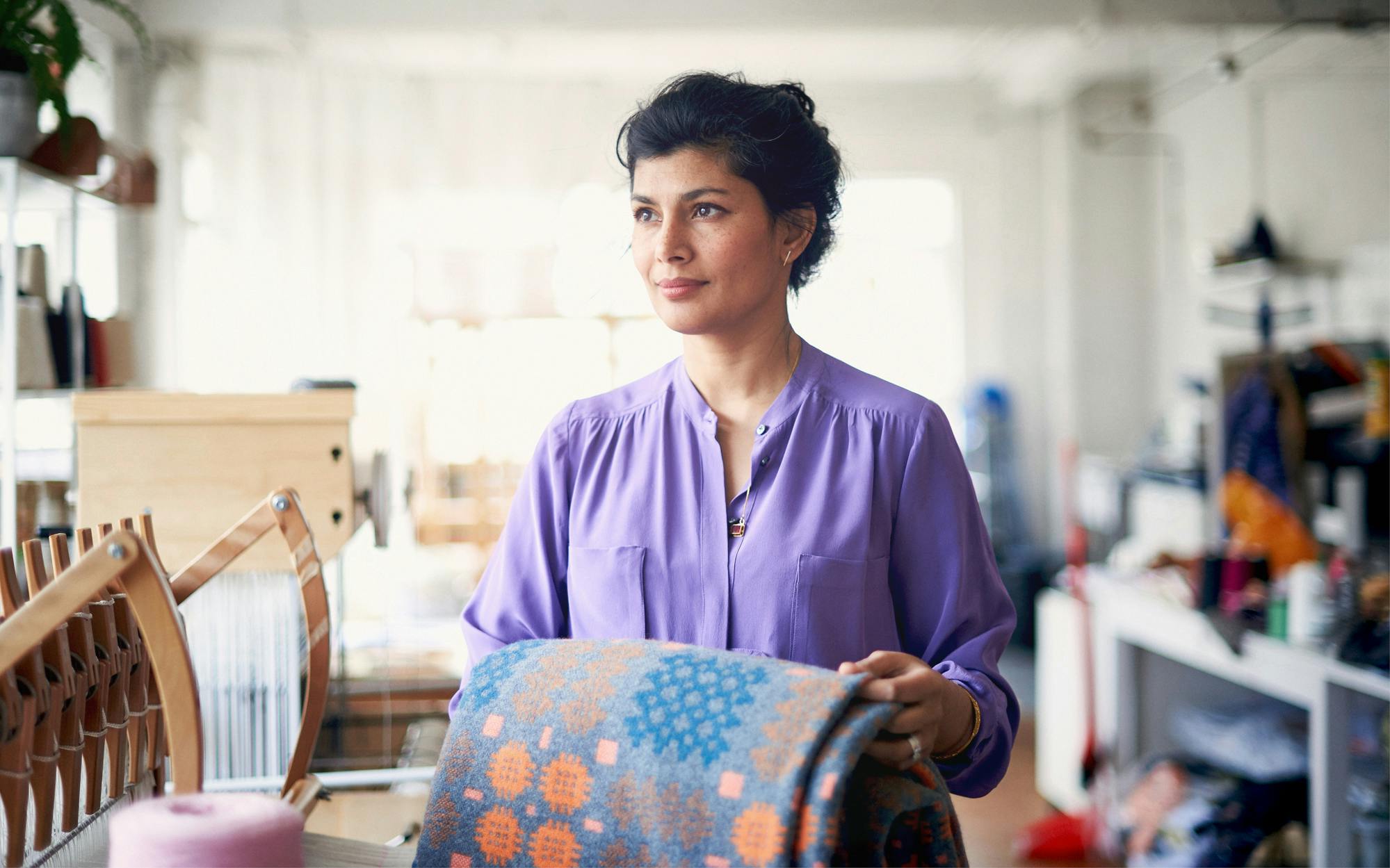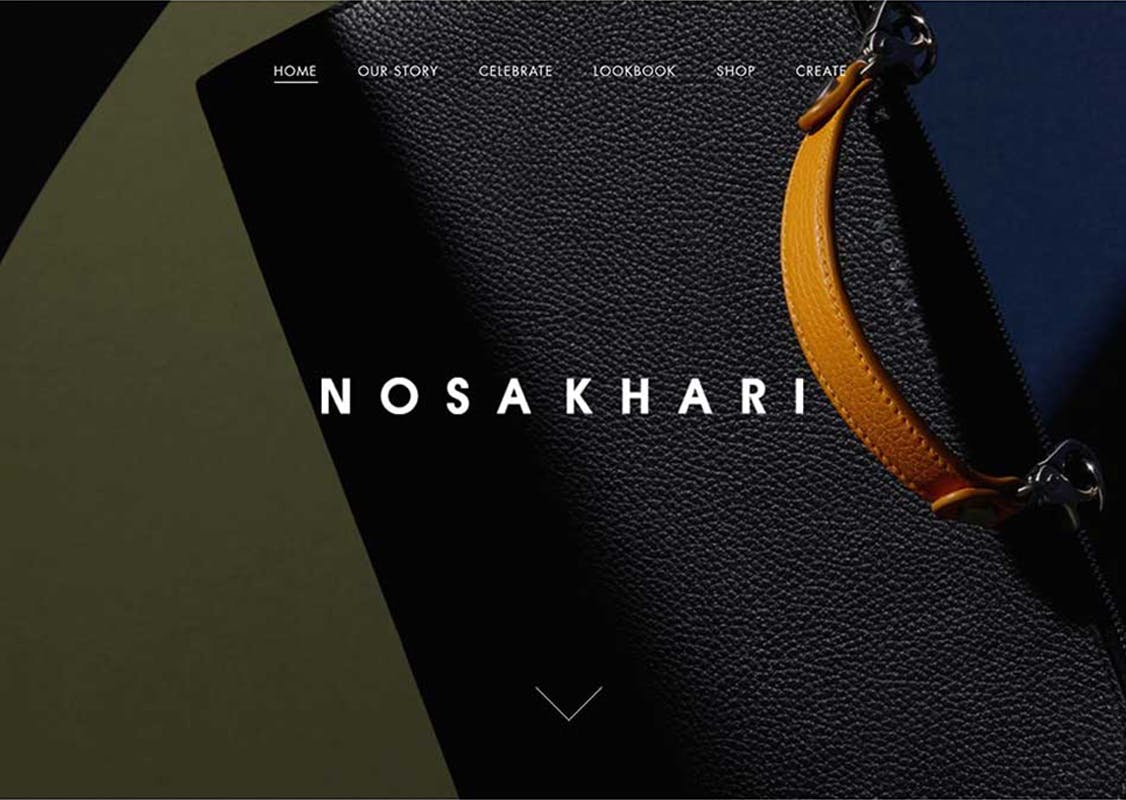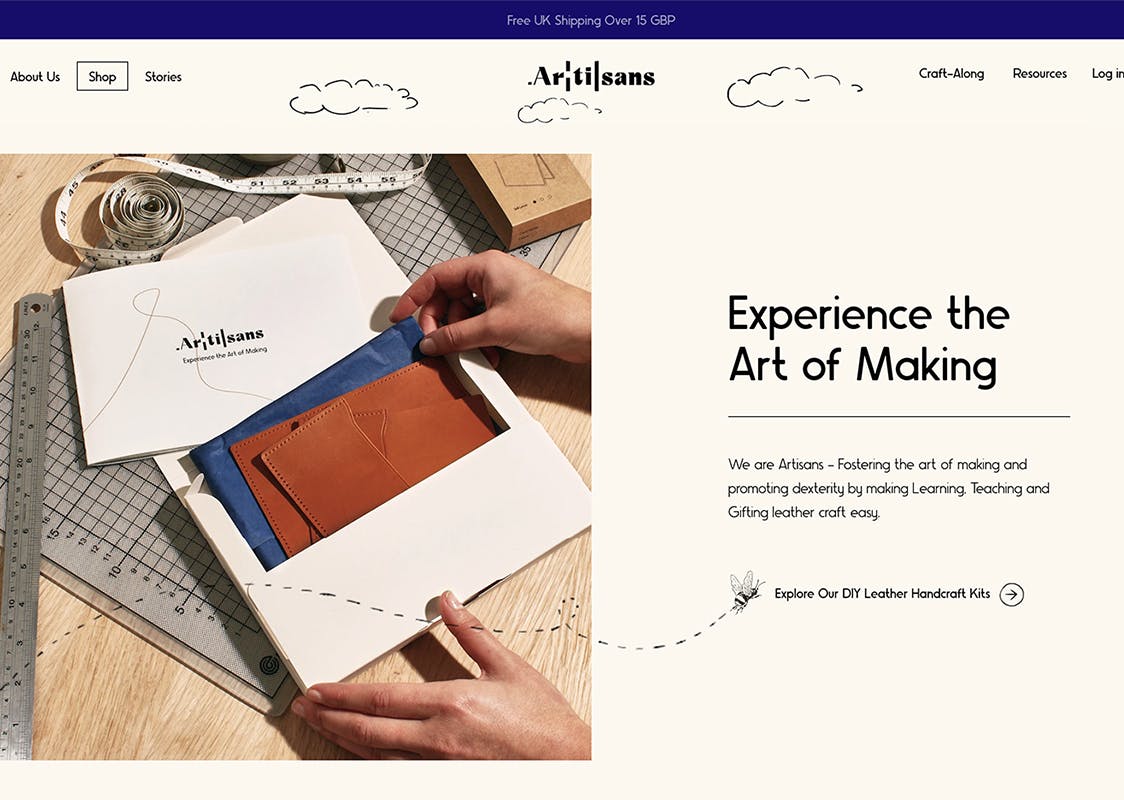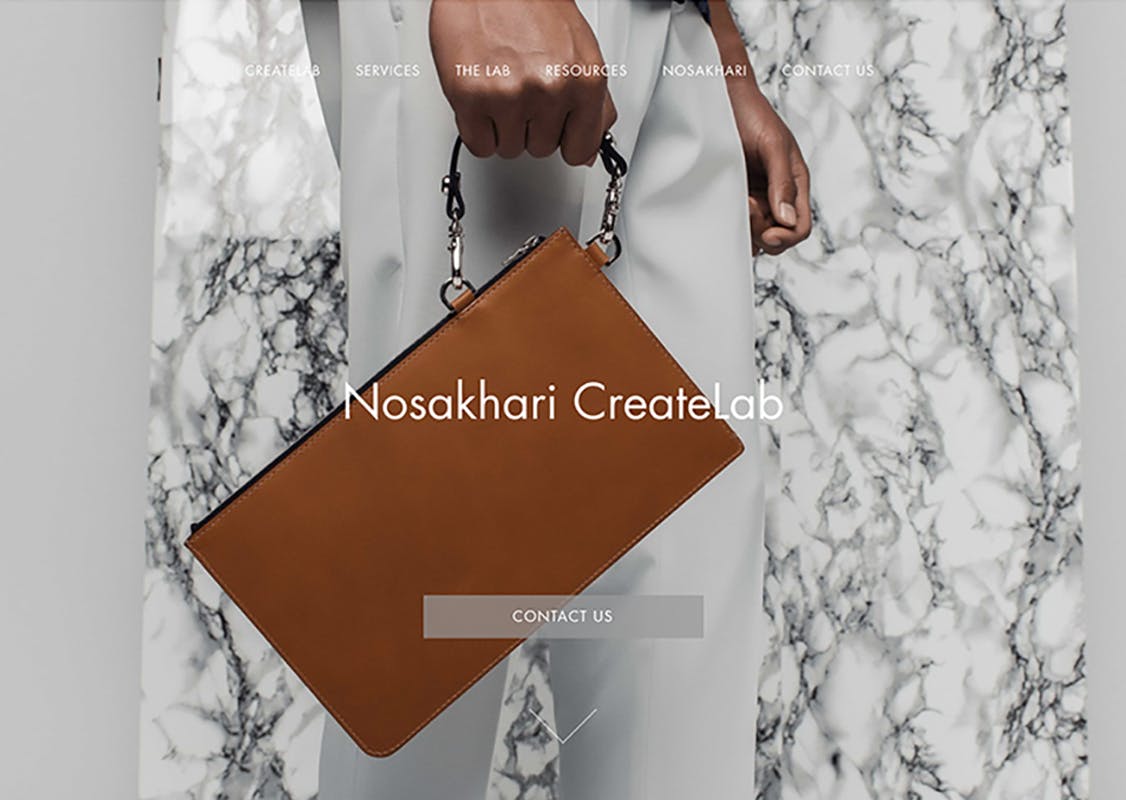
Textile Designer Majeda shares her story of intertwining culture with tradition and bringing a fresh new approach to the ancient art of Jamdani weaving.
Immigrant identities can be complex to navigate, often characterised by a sense of alienation and a tension between differing cultural heritages vying for primacy – something textile-designer Majeda Clarke knows only too well. Migrating from Bangladesh to the UK as a child, she went from feeling like the outsider in her new country to disavowing her Bengali roots, even refusing to speak Bengali at home by aged 12.
“That slowly evolved into a realisation of the privileged position I was in, of being a part of two exciting cultures. As an adult, I’ve always taken advantage of that.” Years later, it’s this fusion of cultures that has informed her artistry and helped craft an ethic and aesthetic that have won her accolades nationwide.
Although she was always drawn to making, as an Asian immigrant in 1980’s Britain “art was not on either [her] parents’ or school’s agenda” and Clarke graduated with an English degree to become a teacher. It was over two decades later that she took the plunge and completed a textiles degree. “I began my textiles degree specialising in print but soon realised that it was the structure of fabric that appealed to me not just the surface. I loved being able to manipulate and play with texture as well as colour and to be able to use my own hands to make clothes connected me and to an ancient craft.”
Starting a studio afterwards was a risk that evidently paid off. “I’ve had a lot of support from my husband and children who’ve had to put up with my very long hours trying to make my studio a success. I’m finally beginning to see the fruits of that support and hard work.”
Clarke’s designs in mill-woven and jamdani textiles are both hand-woven by weavers carrying forward ancient traditions in Dhaka, Suffolk and Wales, with the craft passed down from generation to generation utilised in localised small-batch production. Clarke herself spent time with weaving communities to gain their confidence and establish a common understanding, and the personal interaction is a refreshing anomaly in a world of fast fashion and outsourced large-scale production.
“Trust is a mutual thing and crucial to developing strong relationships between artists, weavers, and mills. I remember the first time the Dhaka weavers made one of my designs and I’d asked them to take out all colour and create space in the patterning. They called me in a panic saying ‘Apa (sister) it is so ugly, are you sure?’ Now they are delighted with the designs.” Whether woven in Bangladesh or the UK, the designs favour geometric shapes with splashes of colour punctuating subdued grey or cream backdrops. While they hark back to traditional forms they’re undeniably contemporary, with bright oranges, reds, and blues defying categorisation of her style as minimalistic.
And Clarke’s personal connection with jamdani textiles goes further than an affinity for her birth-nation’s artistry. “The history of this cloth is intertwined with history of both Britain and Bangladesh, it follows the colonial history of cotton and the current trade relationship between the West and the Indian subcontinent – from the patronage by the Moghul Emperors to the loss of the Jamdani weavers to the sweatshops and factories in Dhaka making cheap clothing. There is a national pride that Bengalis have for the delicacy of Jamdani fabric but also a personal memory of my grandmothers wearing it as saris.”
These much-coveted traditional textiles – so light that they were described by the Romans as “woven air” – have a history stretching back a thousand years, and jamdani now has UNESCO World Heritage Status. On one level, the integration of barely tangible materials to form a unique tapestry, and on the other, the fusing of European with Bengali aesthetics, offer a fitting analogy for the fusing of cultural inheritances to form a cohesive identity. Migrants and their descendants form an idea of self from disparate influences, and after a childhood of experiencing them in opposition, Clarke’s integrating of her dual heritages in her life and work has seen her go from strength to strength.
You see more of Majeda Clarke’s work here.
Images Courtesy of Yeshen Venema and Chris Proctor respectively.


